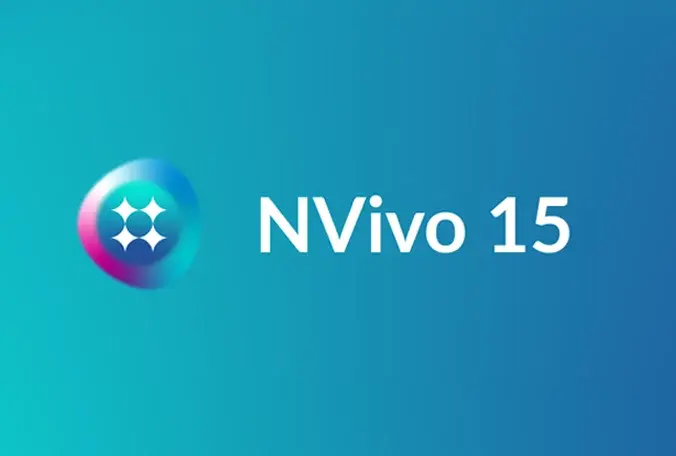How to Ensure Diversity in Focus Group Participants for More Reliable Results
- Matt West
- Feb 24
- 3 min read
If you're planning a focus group, here's something really important to think about: who's in the room matters just as much as the questions you're asking. If everyone in your group shares the same background or point of view, you could be missing out on insights that really matter.
So, how do you make sure you're hearing from a wide range of people? Here's a simple guide to help you get real diversity in your focus group so you can get better, more reliable results.

1. Know What Kind of Diversity You Actually Need
Before you invite anyone, take a minute to think about what kind of mix you're looking for.
Do you want to hear from different age groups? People from different neighborhoods or income levels?
Folks who speak different languages? The goal isn't just to have variety for the sake of it. It's to make sure you're hearing from people who truly reflect the group you're studying.
Having that clarity upfront helps you plan everything else the right way.
2. Don’t Just Randomly Pick People
A lot of people make the mistake of just grabbing whoever’s available. But for real diversity, you need to be more intentional.
Maybe you want an even split between men and women. Or maybe you need voices from rural areas, not just the city. Try to fill each spot in your group with purpose.
It takes a bit more effort, but the quality of your data will be worth it.
3. Look Beyond Your Own Circle
If you only recruit through your email list or social media, you’ll likely end up with people who already think like you. That’s not what you want.
So spread out your recruitment. Post in Facebook groups, reach out to community centers, partner with local organizations, or talk to schools and churches. And if you're working with multilingual communities, offer materials in the languages they speak.
The goal is to show up where people already are.
4. Make It Easy for People to Join
Sometimes, it’s not that people don’t want to participate. It’s just that the setup doesn’t work for them.
Think about this:
Is your session only at one time of day?
Do people need to travel to attend?
Will you provide compensation?
Can you offer a virtual option?
Is everything only in English?
Small things like these can make a big difference. The more flexible and inclusive you are, the more people you'll be able to reach.
5. Make Sure the Moderator Gets It
Even with a diverse group, people might not open up unless they feel safe and heard. That’s where the moderator comes in.
The best moderators know how to:
Make everyone feel welcome
Watch out for bias
Encourage quieter folks to speak
Handle tricky moments with respect
If someone in your group feels judged or ignored, they probably won’t speak up. And that means lost insights.
6. Pay Attention to the Voices You Heard
Once the focus group is done, it’s not just about what was said. It’s also about who said it.
During analysis, ask yourself:
Did everyone get a chance to talk?
Were certain views more common among certain groups?
Did anyone seem uncomfortable?
The way you review your notes or transcripts should be just as inclusive as the way you ran the session. That’s how you find the real gems in your data.
Why This Really Matters
Diversity isn't a checkbox. It’s how you get better results. It helps you:
Understand different experiences
Catch things you might have missed
Make smarter decisions
Create more inclusive products and solutions
At Qualtranscribe, we help research teams like yours by turning your focus group recordings into clean, human-transcribed documents. You get speaker labels, timestamps, and complete accuracy. And if your session includes different languages, we offer transcription and translation in over 20 languages.
We believe every voice counts. And we make sure none of them are missed.
Final Thoughts
If you want strong insights, you need a room full of different perspectives. The more voices you include, the better your results will be.
So next time you plan a focus group, pause and ask yourself: Who’s not here yet? Then go out and invite them in.



